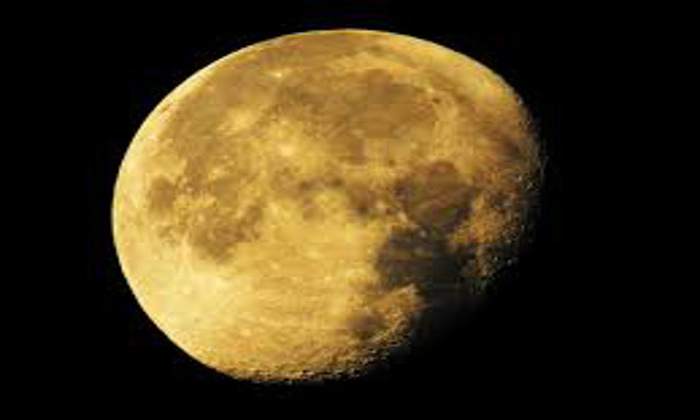Super Blue Blood Moon
31 Jan 2018
Find out from Tim O'Brien exactly what to expect from the Super Blue Blood Moon

On the 31 January a total lunar eclipse will coincide with a “blue moon” and a “supermoon” in what some are calling a “super blue blood moon”.
The event, which for western hemisphere observers happens for the first time in 150 years, will also be the last in a trilogy of supermoons over the past two months.
Professor of Astrophysics and the Associate Director of Jodrell Bank, Tim O’Brien, shines a light on exactly what this means for science in an article featured in Science Focus.
Tim tells readers what a supermoon is, and where the term came from. Going on to compare the supermoon to a “maximoon” and explaining why it is the moon sometimes appears to larger at certain times.
Further elaborating on the super blue blood moon, Professor O’Brien explains the difference between a blue moon and a blood moon. Describing how a lunar eclipse can change the way we perceive the colour of the moon.
The article closes with a summary of the research potential the super blue blood moon presents astrophysicists, and what a lay person can expect to see when they look up at the moon this evening.
Read the full article on Science Focus.
